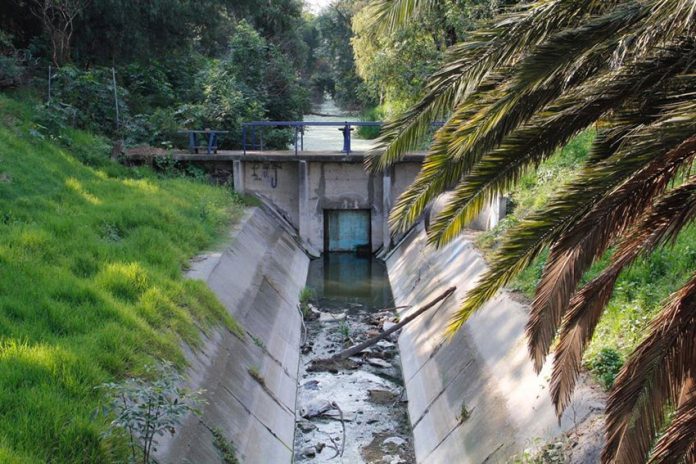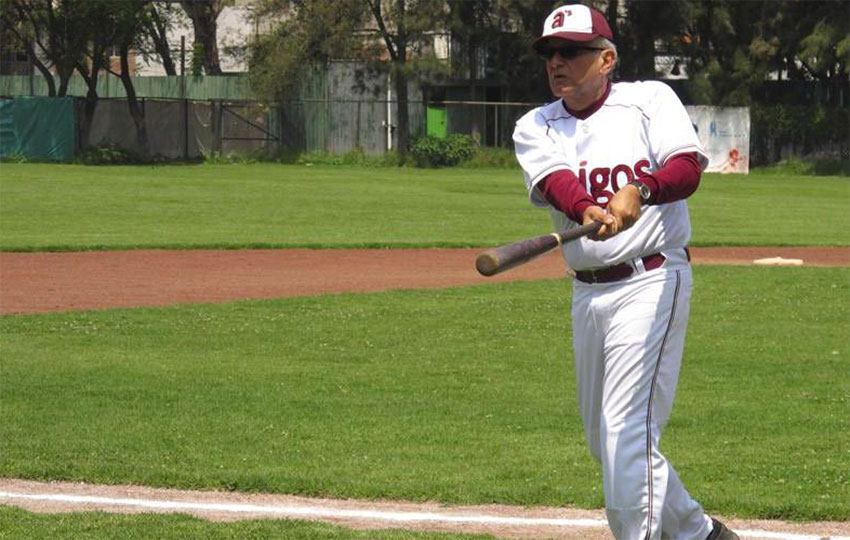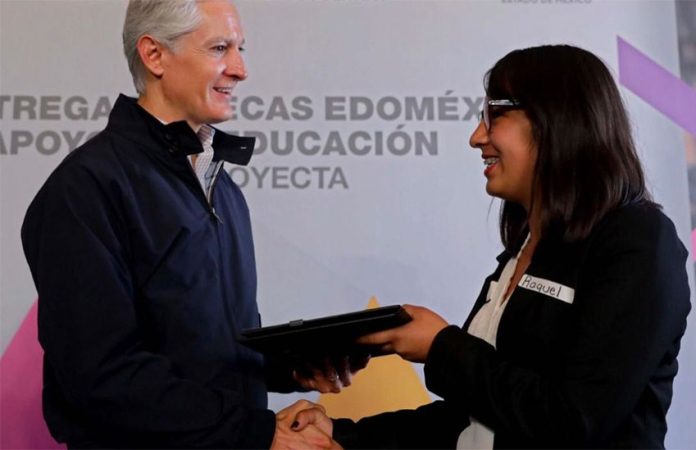A 2.5% decline in the number of passengers flying into Mexico on foreign airlines in the first half of the year was the major contributing factor behind the commercial aviation industry recording its weakest growth for Mexico since 2011.
Data from the Civil Aviation Agency (DGAC) shows that 16.6 million passengers flew into Mexico on foreign airlines between January and June compared to 17 million in the same period last year.
A graph published by the newspaper El Economista shows that no year-over-year decline was recorded in foreign airline passenger arrivals during the first half of any year between 2013 and 2018.
Between January and June, a total of 50.1 million passengers flew into Mexican airports either from abroad or locations within the country, a 4.8% increase compared to the first half of 2018.
The growth in overall passenger numbers is the weakest since the first six months of 2011 when the number of people flying to Mexican destinations declined by 0.1%.
The decline in passengers flying into Mexico on United States airlines was – at 5.1% – more than double the overall drop in arrivals on foreign carriers.
United States tourist numbers were also down.
Interior Secretariat (Segob) statistics show that 5.7 million United States citizens flew into Mexico in the first half of the year, a decline of 0.4% compared to the same period in 2018.
The consultancy Gemes said in a report that the Segob figures “renew doubts about the behavior” of the United States market – the largest source of visitors to Mexico – and represent the “worst performance” in attracting U.S. tourists since 2012.
El Economista reported that visitor numbers from Canada, the second most important country for Mexico’s tourism market, are also on the wane.
The disbandment of the Tourism Promotion Council and consequent lack of international tourism marketing and insecurity in Mexico are the main reasons cited for the decline in international visitors.
While the number of passengers flying into Mexico from abroad on Mexican airlines increased in the first half of the year, growth was weaker than in 2018.
DGAC figures show that 7.9 million passengers flew into the country on Mexican airlines between January and June, a 10% increase compared to the same period last year.
In the first half of 2018, passenger numbers on Mexican airlines operating internationally grew to 7.2 million from 6.3 million the year before, a 14% spike.
Domestic passenger numbers increased in the first half of the year but again the growth was not as strong as that recorded in 2018.
A total of 25.6 million passengers took flights between Mexican destinations, an 8.5% increase compared to a year earlier.
In 2018, 23.6 million passengers flew domestically, a 9.2% increase over 2017 numbers.
Volaris was the domestic market leader in the first half of this year, transporting 8.1 million passengers. It also recorded the strongest growth, increasing its passenger numbers 22.6% compared to 2018.
Interjet transported 5.2 million passengers between January and June, a 3.6% increase compared to 2018, while 4.8 million people traveled on VivaAerobús, 18.6% more than the first half of last year.
Passengers traveling on Aeroméxico Connect declined 6.1% to 3.8 million, while 2.6 million people flew domestically on Aeroméxico, a 3.3% fall.
The flag carrier remains the leading Mexican airline for international flights even though passenger numbers declined 2.8% in the first half of the year to 3.2 million.
In contrast, Interjet’s international passenger numbers surged 27.5% to 2.2 million.
Source: El Economista (sp)










